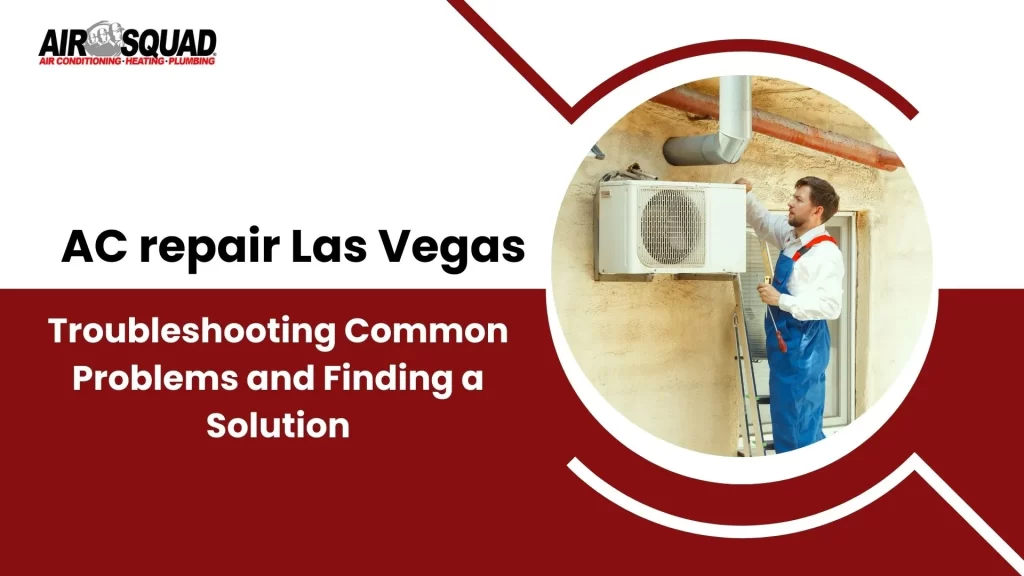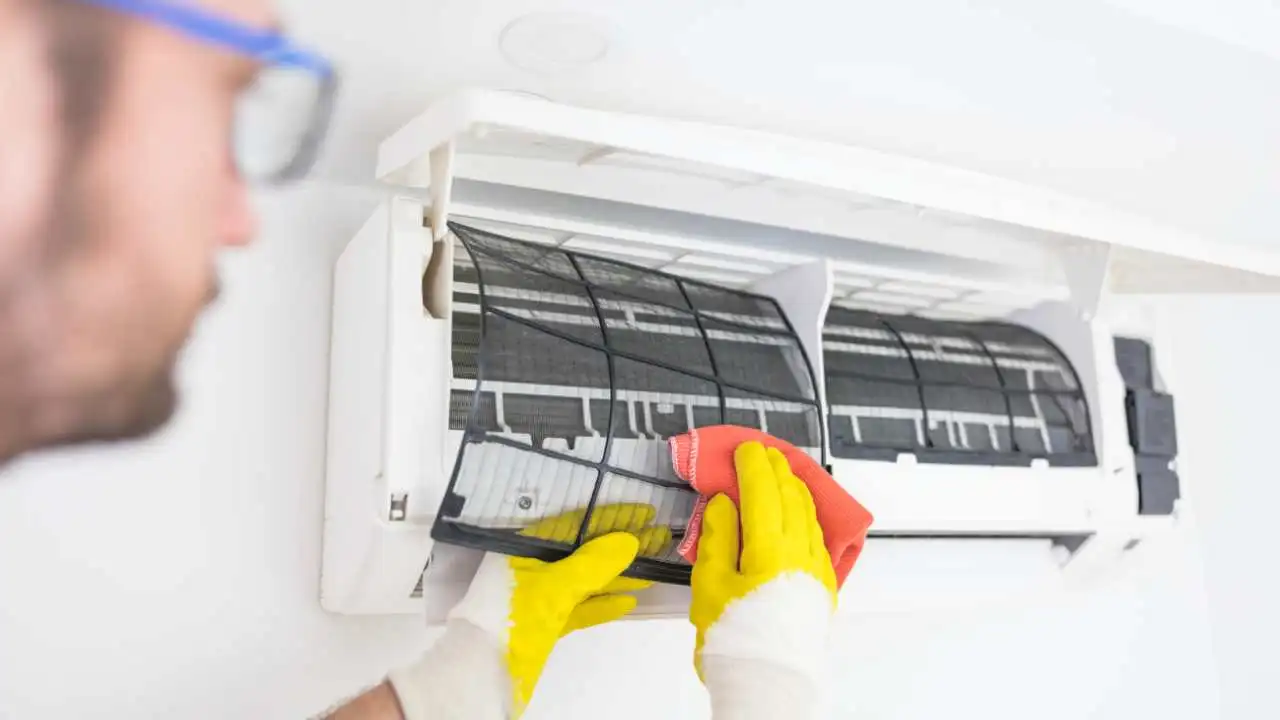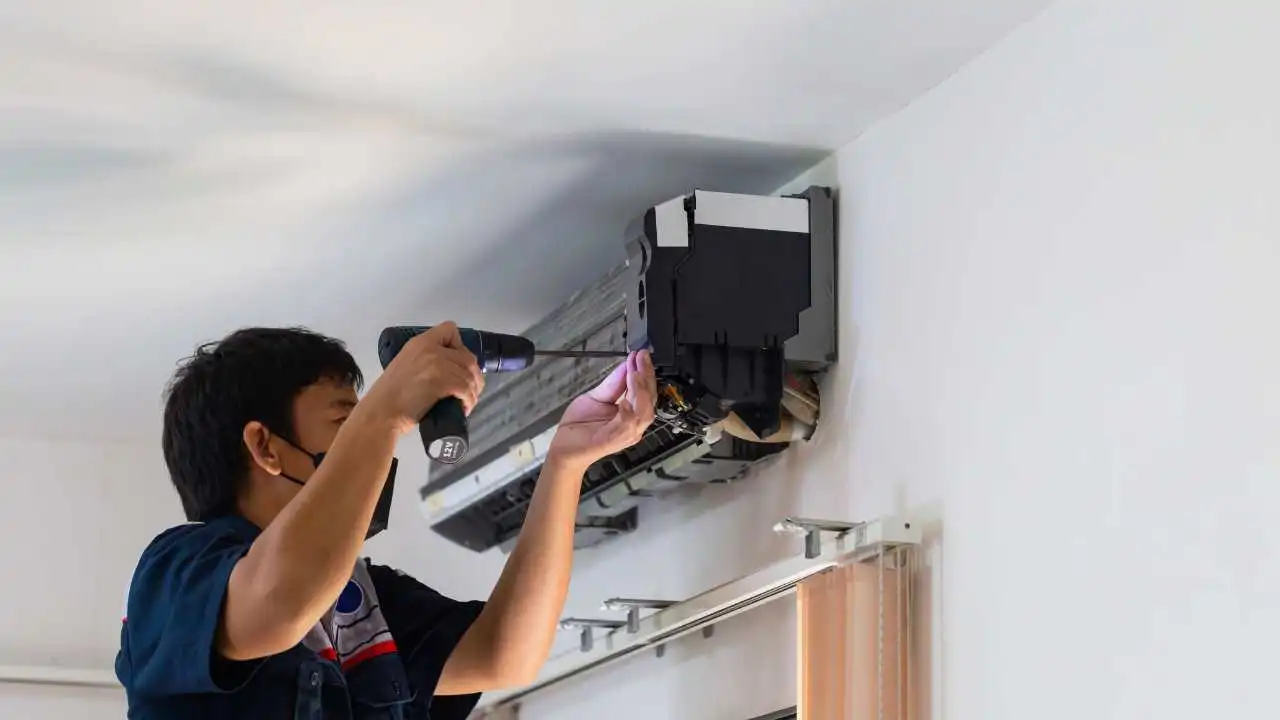AC Repair Las Vegas: Troubleshooting Common Problems and Finding a Solution

Las Vegas is a desert oasis known for its sunshine and scorching summer temperatures. A functioning air conditioning (AC) unit is essential for maintaining a comfortable living environment during these hot months. But what happens when your AC decides to take a vacation just as you need it most?
This informative guide will equip you with the knowledge to troubleshoot common AC problems and identify when to call in a professional for AC repair Las Vegas.
Common Las Vegas AC Problems and Troubleshooting Tips
Here’s a breakdown of some frequent AC issues and DIY solutions you can try before calling a technician:
1. AC Not Turning On
- Check the Thermostat: Ensure the thermostat is set to “cool” mode and set to a lower temperature than the current room temperature.
- Inspect the Circuit Breaker: Locate the breaker labeled “AC” or “HVAC” in your electrical panel. If flipped to the “off” position, reset it by switching it to “on” and check if the AC powers on.
- Replace the Air Filter: A clogged air filter restricts airflow and can prevent the AC from functioning properly. Replace the filter with a new one according to the manufacturer’s recommendations (typically monthly during peak cooling seasons).
2. AC Blowing Warm Air
- Dirty Condenser Unit: The condenser unit, located outdoors, releases heat. Dirt buildup on the condenser coils can hinder its ability to dissipate heat effectively. Turn off the AC unit and carefully remove debris with a garden hose (avoid using a high-pressure stream).
- Low Refrigerant Levels: Refrigerant is a vital component that absorbs heat indoors. Low refrigerant levels can lead to warm air blowing from the vents. Never attempt to add refrigerant yourself. This is a job for a licensed AC repair professional due to safety concerns and the specialized equipment required.
- Frozen Coils: Icy buildup on the evaporator coils inside the AC unit can prevent proper airflow and result in warm air. This might be caused by a clogged air filter, low refrigerant levels, or a malfunctioning thermostat. Turn off the AC and allow the ice to melt naturally. If the problem persists, consult an AC repair technician.
3. AC Making Strange Noises
- Loose Parts: Rattling or banging noises could indicate loose screws or panels within the AC unit. Turn off the unit and visually inspect for loose components. Tighten any loose screws you find.
- Fan Issues: A worn-out or malfunctioning fan motor can produce grinding or whining noises. This typically requires professional AC repair for replacement.
4. Leaking Water
- Clogged Drain Line: A clogged condensate drain line can lead to water leaking from the AC unit. Locate the drain line (usually a PVC pipe near the indoor unit) and clear any blockages.
- Full Drain Pan: The drain pan collects condensation from the AC unit. If the pan overflows, water leakage can occur. Check the drain pan and empty it if necessary.
When to Call a AC Repair Technician
While some AC problems can be addressed with basic troubleshooting, there are situations where professional intervention is necessary. Here are some signs that indicate it’s time to call a AC repair company:
- No improvement after DIY troubleshooting
- Electrical problems (avoid attempting electrical repairs yourself!)
- Refrigerant leaks (these pose health risks and require a licensed technician)
- Complex AC malfunctions
Conclusion
A well-maintained AC unit can keep your home cool and comfortable throughout the hot summer months. By familiarizing yourself with common AC problems and basic troubleshooting steps, you can potentially avoid discomfort and identify minor issues early on. However, for complex repairs or situations involving electrical components and refrigerant leaks, don’t hesitate to call a qualified AC repair technician.






 ICONIER Digital Agency
ICONIER Digital Agency